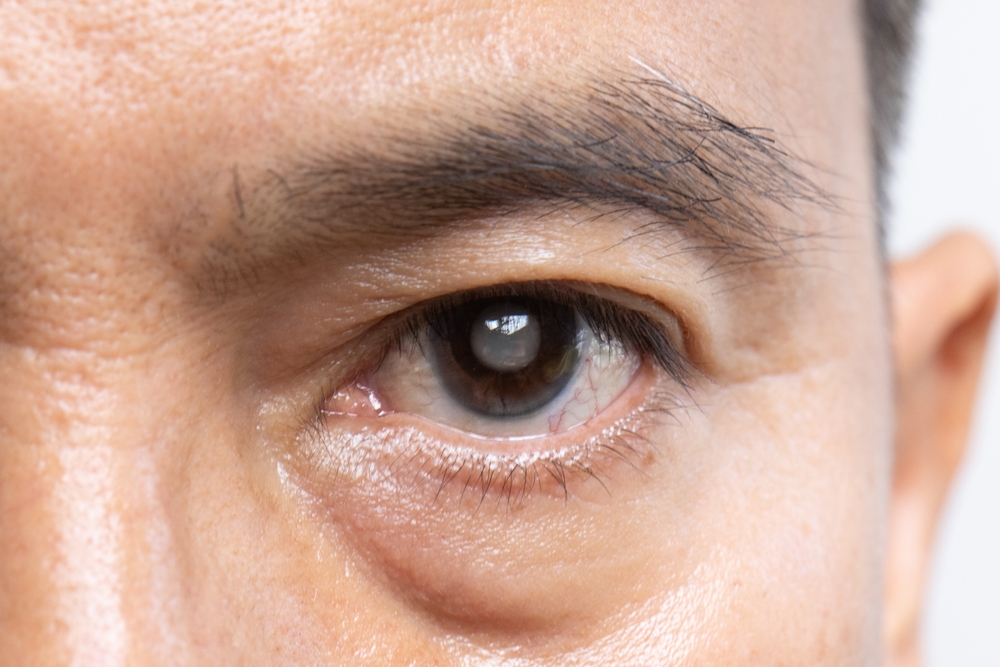Can Cataracts Develop Faster in One Eye Than the Other?
Blog:Can Cataracts Develop Faster in One Eye Than the Other?

Can Cataracts Develop Faster in One Eye Than the Other?
Cataracts are a common age-related eye condition that causes clouding of the eye’s natural lens, leading to blurry vision, glare sensitivity, and changes in color perception. While cataracts are typically associated with aging and often affect both eyes, they don’t always develop at the same rate.
What Are Cataracts?
Cataracts occur when the natural lens of the eye becomes cloudy, leading to blurred or hazy vision. The lens, which normally helps focus light onto the retina, is made mostly of water and proteins. Over time, these proteins can clump together and cloud the lens, interfering with vision. Cataracts typically develop gradually and are most often associated with aging, but they can also result from eye injuries, certain medical conditions like diabetes, prolonged UV exposure, or the use of specific medications. As cataracts progress, they can make everyday tasks like reading or driving more difficult, especially in low-light conditions.
Why Cataracts May Develop Unevenly
Several factors can contribute to cataracts developing more rapidly in one eye:
Eye Injuries: Trauma to one eye can accelerate cataract formation. This includes blunt force injuries, penetrating wounds, or previous eye surgeries that may impact lens clarity.
Sun Exposure: Excessive ultraviolet (UV) exposure can contribute to cataract formation. If one eye receives more direct sunlight, this could potentially speed up cataract development on that side.
Medical Conditions: Health conditions like diabetes can increase cataract risk. If one eye is more affected by related complications, it might show symptoms sooner.
Lifestyle and Habits: Smoking, certain medications (like corticosteroids), and poor nutrition can all play a role in cataract formation. These may not affect both eyes equally, leading to faster progression in one eye.
Congenital or Secondary Cataracts: Some individuals may be born with cataracts in one eye or develop them in one eye due to specific conditions such as uveitis or glaucoma.
Recognizing the Symptoms
When cataracts progress at different rates, the differences in vision can become more noticeable. Symptoms of cataracts include:
Cloudy or blurred vision
Difficulty with night vision
Sensitivity to light or glare
Fading or yellowing of colors
Seeing halos around lights
Frequent changes in glasses prescription
If one eye is more affected, you might notice an imbalance in your vision, which can make tasks like reading, driving, or using a computer more difficult.
Diagnosis and Treatment
Cataracts are diagnosed through a comprehensive eye exam. Your optometrist at Texas State Optical will assess your lens clarity, visual acuity, and overall eye health. If cataracts are detected, treatment recommendations will depend on how much they interfere with your daily life.
Early-stage cataracts may be managed with updated prescriptions, anti-glare lenses, or brighter lighting. When cataracts significantly impact your vision, cataract surgery is the most effective treatment.
Don’t Ignore Changes in Your Vision
While cataracts commonly affect both eyes, it's entirely possible for one eye to develop them faster than the other. Factors like injury, sun exposure, or certain health conditions can contribute to this uneven progression. Monitoring changes in your vision is key to early diagnosis and effective treatment.
If you’ve noticed symptoms of cataracts, schedule an eye exam with Texas State Optical and let our experienced team help protect your sight. Visit our office in Humble, Texas, or call (281) 399-4275 to book an appointment today.


